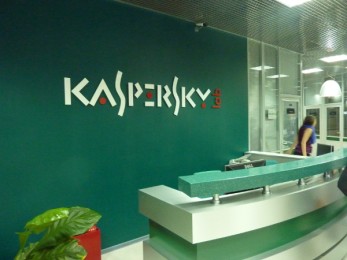 Panasonic is Europe’s leading rugged mobile computing manufacturer, according to the latest market analysis from VDC Research.
Panasonic is Europe’s leading rugged mobile computing manufacturer, according to the latest market analysis from VDC Research.
The beancounters, after adding up some numbers and dividing by their shoe size, said that with the Panasonic Toughbook range, the company extended its market-leading share of the European rugged notebook market with a 67 percent revenue share of sales in 2016.
The Panasonic Toughpad tablet range continued to lead the rugged tablet market with a 56 percent revenue share of sales and the company’s expansion into the rugged handheld market accelerated with year-on-year growth of 176 percent.
Kevin Jones, managing director Panasonic computer products solutions Europe said that despite a decline in the wider business notebook market, the rugged notebook market has remained buoyant as devices continue to be an important tool for many mobile workers with the need for data entry using a keyboard.
“Our focus on updating and refreshing our most successful rugged notebook models, combined with bringing to market new two-in-one detachable rugged devices has allowed us to expand our market share even further.”
In the rugged tablet market, Panasonic continued to lead with 56 percent revenue share of sales, almost eight times that of its nearest competitor.
Panasonic’s focus on the European rugged handheld market is also paying dividends. With almost a third of its product range now dedicated to this market, Panasonic has seen year-on-year growth of 176 percent in this sector as devices such as the Panasonic Toughpad FZ-F1 & FZ-N1 handheld tablets with their angled rear barcode reader to protect against repetitive strain and enhance user productivity begin to establish a reputation in industries such as transportation and logistics, retail and manufacturing.
David Krebs, EVP at VDC Research, said: “With over 67 percent market share in the rugged notebook and over 56 percent market share in the rugged tablet market in EMEA in 2016, Panasonic continues to set the standard against which its competitors are measured. Moreover, with the introduction of the world’s first two in one fully rugged notebook Panasonic and an expanded portfolio of rugged handheld devices Panasonic is delivering some of the most innovative products in the rugged mobile computing market.”


















